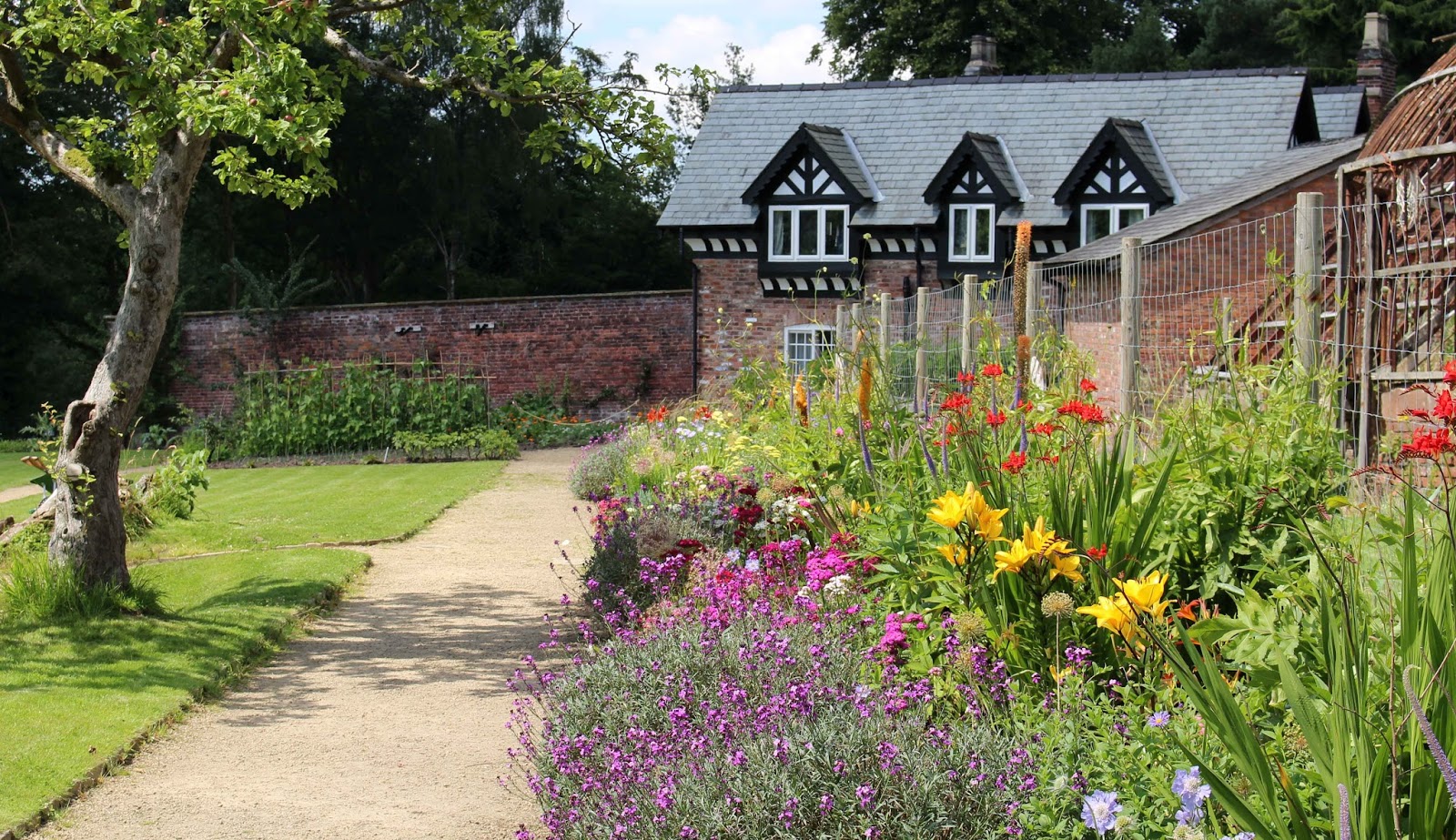I hit
the ground running when I arrived in England
My wonderful
friend Sarah picked me up late morning from my hotel at Manchester
Airport (I’d arrived from Morocco
I
joined the National Trust that day – the annual membership was £58 and the cost
for entrance to most of the individual properties they administer is around £10
so it made sense to join. I certainly got more than my money’s worth over
the following 5 weeks.
Quarry
Bank is the site of an early cotton mill, built in 1784 by Samuel Greg and
developed by him into the largest textile milling business in England village of Styal
Quarry
Bank was used as the setting for Channel 4’s television drama The Mill, so if reading signboards is not your thing, you can get a very realistic
glimpse into a mill worker’s life by watching an episode or two.
I’m
sure those workers must all have suffered from industrial deafness, judging
from the cacophony of the working machinery still housed in the well-preserved
mill buildings. From the hiss of steam engines and the banging of England
The mill
sits alongside the beautiful River Bollin – water, of course, being necessary
for the mill to function, and amidst beautiful gardens, which are gradually
being restored by a team of dedicated volunteers. We saw the lovely
half-timbered head gardener’s house, the ruins of the large glass house where
fruit trees would have been grown – this will soon be restored, a magnificent 300-year-old
beech tree, lovely flower borders, the heritage-vegetable garden of the
Apprentice House, and lots more. I can also recommend Quarry Bank’s facilities –
we lunched at the café and the food was delicious.
It was
a lovely sunny day and I so enjoyed being back in England
After
a delicious dinner we went for a short walk to watch the sun set over Pickmere,
the local lake, where coots and mallards were doing a last bit of primping and preening
before nightfall. It was a peaceful end to a very pleasant first day.
 |
| The 300-year-old beech tree at Quarry Bank |











No comments:
Post a Comment